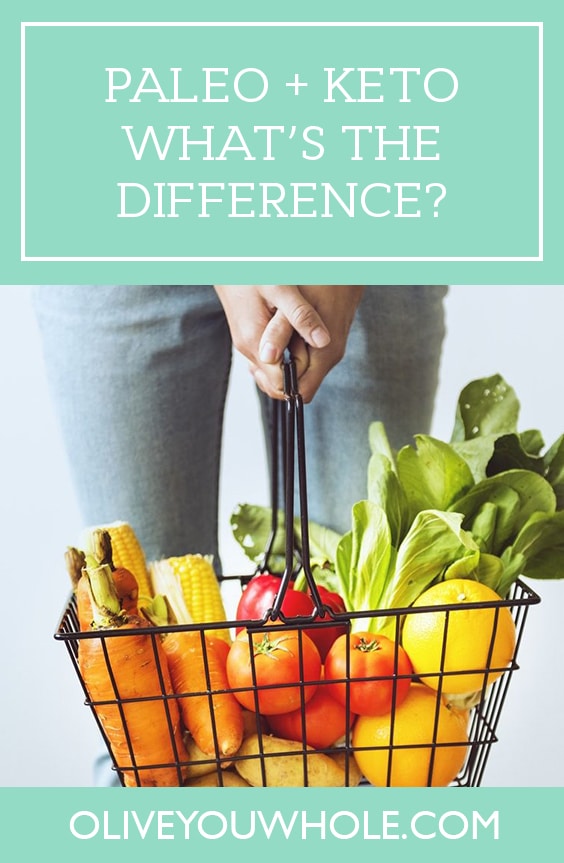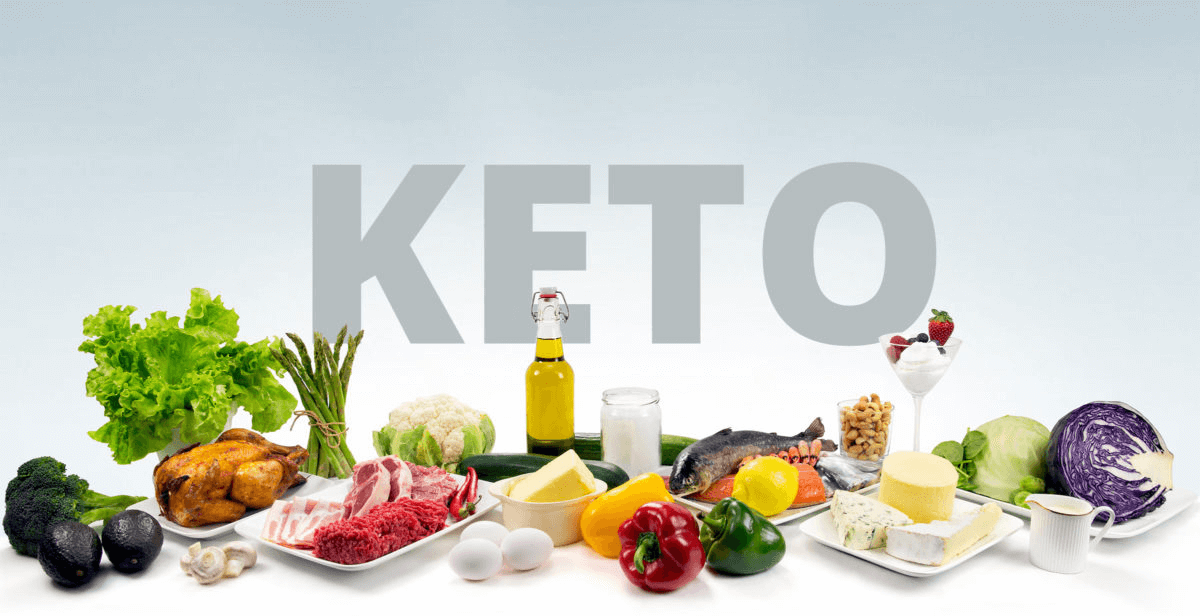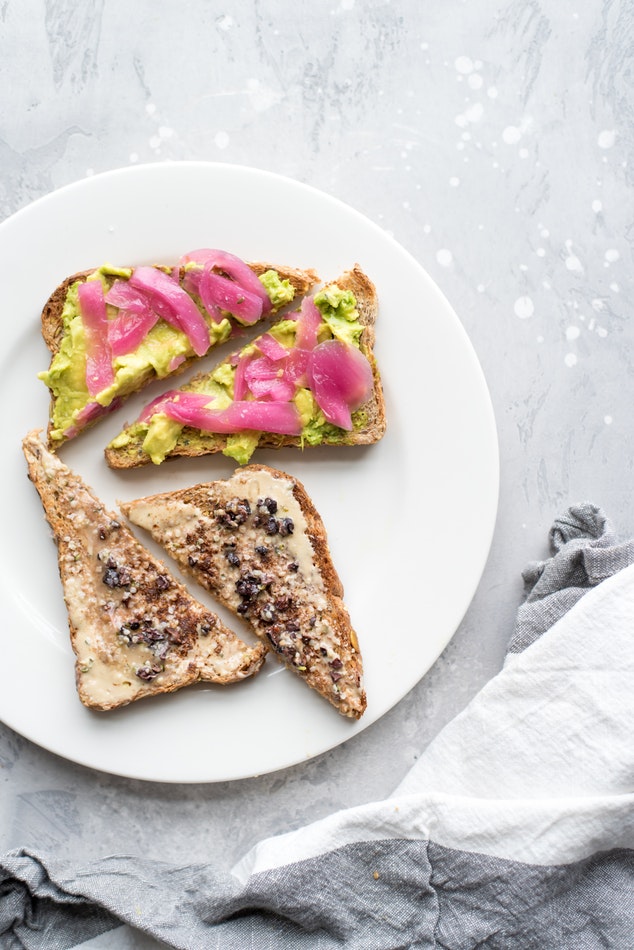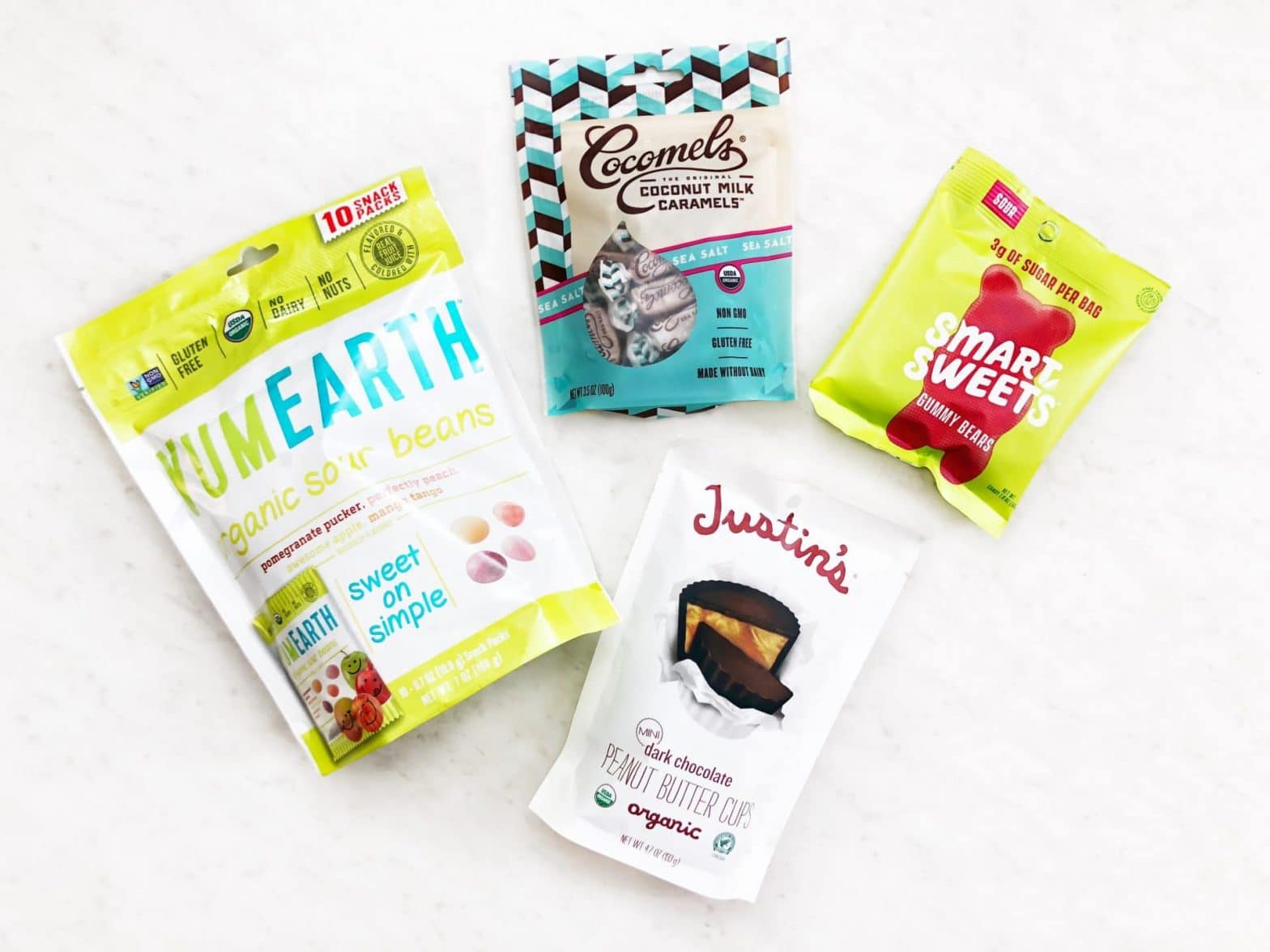What Is The Difference Between Paleo And Keto?
Hi, my name is Bella Hardy. I am the owner and a senior editor of healthnerdy.com, what I hope you find to be a great resource when it comes to health, wellness, and fitness. I hope you enjoy this blog post!
A question I get a LOT is what is the difference between Paleo And Keto? Keto and Paleo diets have been out there, sitting pretty and getting more popular on a daily basis. They’re all over the internet, Instagram, Twitter; you name it! And, to an inexperienced eye, these two diets may seem like they’re exactly the same, when in actuality they’re not.
Yes, it’s true! Now let me tell you how…
Both the Paleo diet and Ketogenic diet are inherently lower-carb plans that cut out the same types of food while boosting the weight loss process. Still, there is one significant difference between the ketogenic and the Paleo diet. And it’s a considerable difference that’ll make you choose one or the other, depending on your needs and goals.
Let’s have a closer look at both dietary plans and how they can benefit you and your health.
The Keto Diet: Ketosis, Here We Come!
The Keto Diet was created to help children control and treat epilepsy. It has been shown to reduce the amount of seizures and relieve symptoms of epilepsy successfully in many of those suffering from the disease.
Today, Keto is primarily known and popular for its incredible weight loss benefits. The basic idea of the keto diet is restricting carbohydrate intake. It intentionally minimizes carbs from your daily food intake to give a boost to the natural fat burning process in your body.
In other words, by not consuming carbs (which is the primary fuel source for the body), the body enters a state of ketosis; meaning the body burns fat instead of glucose, this results in a build-up of acids called ketones. With regular exercise, having a suppressed appetite, and carefully planned meals, many consider it to be the diet of all diets.
Apart from improving the symptoms of epilepsy, the keto diet has been said to have many positive effects on the body. Its benefits extend further than the basic weight loss process, even though this is primarily the main reason people decide to be on the ketogenic diet.
Fat burning aside, the keto diet has been shown to improve mental clarity and focus, prevent heart disease, decrease inflammation, improve energy levels, and help with sleep. The further research on keto concluded even the people who have Alzheimer’s, type 2 diabetes, and obesity could benefit by sticking to this type of diet.
Three points make up the core of the Keto Diet:
-
- Restricting carbs that are one of the reasons for overeating and gaining weight
-
- Stacking on filling yet healthy foods, primarily on fats and protein
- Boosting ketone production means a loss of appetite and burning more fat for fuel
By following these basic guidelines, keto dieters stay fuller for longer with fewer calories.
Foods You Can Have On The Keto Diet
Low in carbs, the ideal Keto diet consists of:
-
- Healthy fats (avocados and avocado oil, olives and olive oil, coconut oil, MCT oil, ghee)
-
- Dairy (full-fat dairy; mayonnaise, butter) [those sticking to a Paleo-Keto diet avoid dairy]
-
- Eggs
-
- Protein (grass-fed, grass-finished meat, pasture raised birds, fatty fish)
- Non-starchy, low-carb vegetables
-
- Minimal Fruits
-
- Nuts and seeds, nut butter, non-dairy milk
- A small percentage of carbs, if any (from starchy veggies, fruit, grains, or legumes)
The Paleo Diet: Hunter-gatherers, My Tribe!
The Keto diet at its core is just that: a diet.
But when it comes to Paleo, it’s more of a lifestyle choice than an actual diet. It focuses on eating healthy and good-quality foods that improve digestive health.
The basic idea behind the Paleolithic diet (Paleo in short) is that it only includes foods that we were evolved to eat. It means that the Paleo dieters go back to the core of meal planning: meat, vegetables, fruits, and healthy fats. At the same time, they are very restrictive to the foods that come from agriculture.
Health Benefits of Paleo
Just as keto, the Paleo focuses on quality of the food over quantity. And it is naturally high in protein, lower in carbs, yet rich in fiber. One of the significant Paleo advantages is the fact that there are no strict limitations regarding the ratios and meal plans. (No tracking or counting calories or intake!)
You only need to substitute Paleo-approved foods for the foods that came with the domestication of animals and grain cultivation. This is why having Olive You Whole as a resource is so valuable for you if you’re following the Paleo lifestyle, all you’ll need is right here on the blog!
By removing the foods that are difficult to digest, a Paleo diet can improve your overall health while benefiting the body by balancing blood sugar levels, creating a healthy gut biome, and aiding with autoimmune conditions (type 2 diabetes).
Foods You Can Have On The Paleo Diet
Whatever our ancestors ate, about 10,000 years ago, Paleo dieters are allowed to consume as well. While Paleo is not as restrictive as being on Keto, being on the Paleo diet means avoiding most processed foods, grains, legumes, dairy, and artificial sweeteners.
Roughly, Foods to Eat on the Paleo Diet are:
-
- Grass-fed, pasture-raised meat (beef, lamb, chicken, turkey, duck, pork, wild-caught game…)
-
- Fish and seafood (salmon, trout, shrimp, shellfish, all wild-caught if possible)
-
- Fresh fruits and vegetables (including tubers)
-
- Eggs, nuts, seeds
-
- Avocado, coconut and olive oil
- Salt, herbs, and spices
Which Diet is Right for You?
Both diets require you to plan the meals carefully and to cut out unhealthy foods that cause weight gain quickly. On the other hand, if you’re looking to live a healthier lifestyle with many added benefits, surely one of these would be an ideal choice!
Take note that while being Paleo or Keto can influence and help reduce inflammation in the body, the best way to get the results you want is to track your nutrient intake with an adequately set meal plan.
Still, have a look at the pros and cons of both diets before choosing which diet would work best for you and your health goals!
Pros Of The Ketogenic Diet
- Cuts out processed, unhealthy foods
- Reduces cravings and suppresses appetite
- Effective for weight loss and fat burning
- Improves brain function and mental clarity
- Helps decrease inflammation
- Beneficial for people with epilepsy, Alzheimer’s, diabetes
Cons Of The Ketogenic Diet
-
- Requires strict meal planning
-
- Needs you to track macros for best results
-
- Difficult to adapt to for many people
- Takes a while for the body to adjust
Pros Of The Paleo Diet
-
- Very simple regarding rules
-
- Replaces unhealthy and processed foods with healthy and filling foods
- No tracking of meals or macros requred
-
- Helps decrease inflammation
-
- Decreases carbs without the keto flu symptoms
-
- Can improve metabolism
- Beneficial for people with heart disease and diabetes
Disadvantages Of The Paleo Diet
-
- Cuts out many tasty and unhealthy foods
- Can be challenging to follow or feel restrictive
Choosing one diet over the other depends on your health goals, lifestyle, and your environment. If you want to melt fat like butter, a ketogenic boot camp is a way to go.
For those of you who still want to reap the health benefits of a changed lifestyle without such strict rules, Paleo is the diet of choice. Paleo is still restrictive yet flexible and not as strict as the rigid ketogenic diet.
There isn’t one single diet that works for everyone. If you’re not successful in your health goals, change the diet and even better your lifestyle gradually. Try and test, until you find what works for you best. And what works best for you now may change in the future! Find something that works for you and your body- your Food Freedom.
Whether you chose Keto or Paleo, keep in mind the following:
-
- Experiment before you settle: what works for you doesn’t necessarily work for your someone else. Test and try before you decide on a diet that will help you achieve your goals.
- Choose what works best for you: give yourself some compassion while changing your diet and know this is a marathon not a sprint. Choosing to be healthier is a lifelong process that takes consistent effort to achieve your personal health goals.
In general, both diets help you improve the quality of meals you consume on a daily basis to start living a healthier lifestyle. You can do a lot just by cutting out foods that are unhealthy, processed, and packed with empty calories! With a regular exercise and healthy food choices, Keto or Paleo should help you reach a healthy mind and body that will have you feeling great for years to come!
Want to save this “What Is The Difference Between Paleo And Keto?” resource for later? Pin it here!











